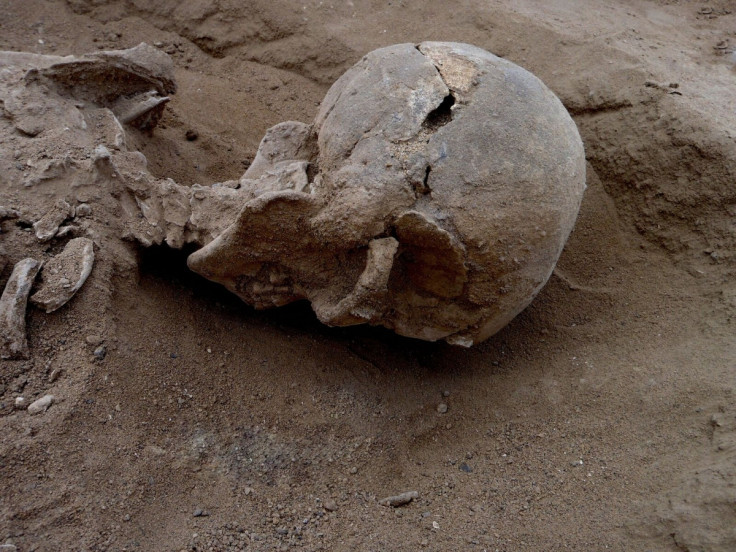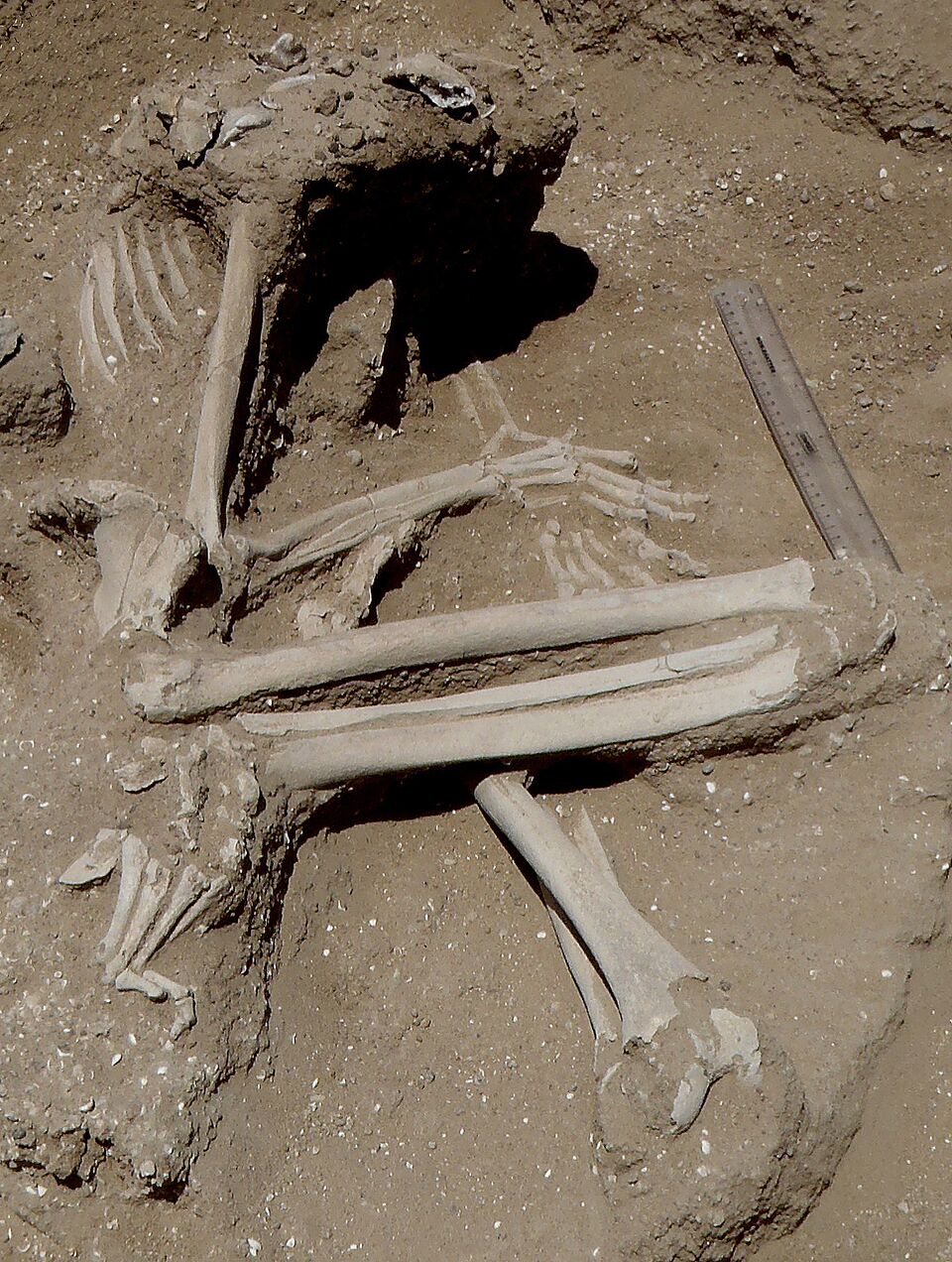Hunter-gatherer massacre: First record of human murder shows brutal slaughter of men, women and children

The fossilised remains of 27 brutally murdered hunter-gatherers have been uncovered, showing the earliest human massacre ever recorded. The remains of six children and at least eight women, one of which was heavily pregnant, were discovered at the site of the murder in Kenya.
Researchers found that the remains of the individuals had severe fractures on their skulls, and at least five of them showed "sharp-force trauma" – suggesting that they were either stabbed or pierced with an arrow. Twenty-seven individuals were discovered at the site in Nataruk, north of Nairobi.
"These human remains record the intentional killing of a small band of foragers with no deliberate burial," said Marta Mirazón Lahr, lead author of the study. "[It] provides unique evidence that warfare was part of the repertoire of inter-group relations among some prehistoric hunter-gatherers."





The 27 were made up from eight adult males, eight adult females, and five adults whose gender could not be identified. The remaining six were all children, seemingly in close proximity to women – assumed to be their mothers.
Four of the murdered hunter-gatherers were discovered with their hands in a position that suggested they were tied and bound. One of these had been a women towards the end of pregnancy, and the bones of the foetus were also uncovered.
Mirazón Lahr said: "The Nataruk massacre may have resulted from an attempt to seize resources – territory, women, children, food stored in pots – whose value was similar to those of later food-producing agricultural societies, among whom violent attacks on settlements became part of life."
The location of the Nataruk site was found in 2012. Dating techniques, including radiocarbon, used on the excavated material suggested the time of extermination could have been anywhere between 10,500 to 9,500 years ago.
The researchers, from Cambridge University, published their results in Nature, and they describe some of the brutal ways these individuals must have been killed. Whilst 12 of the skeletons appeared seemingly intact, 10 had experienced violent outbursts from the attackers, including trauma from blunt instruments, broken hands, knees and ribs, and some even had weapons lodged in their skulls.
"I've no doubt it is in our biology to be aggressive and lethal, just as it is to be deeply caring and loving," said Robert Foley, researcher on the study. "A lot of what we understand about human evolutionary biology suggests these are two sides of the same coin."
© Copyright IBTimes 2025. All rights reserved.






















